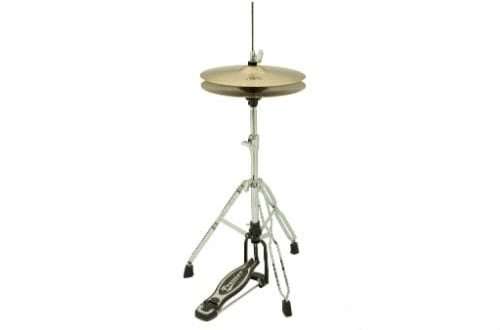Where to buy guitar strings and how to tune them? Or 5 more common questions about the guitar
A long time ago, when the guitar did not yet exist, and the ancient Greeks played citharas, the strings were called fibres. This is where “the fibers of the soul” came from, “to play on the fibers.” Ancient musicians were not faced with the question of which guitar strings were better – they were all made from the same thing – from animal intestines.
Time passed, and four-string citharas were reborn into six-string guitars, and a new question arose before humanity – what are the strings on a guitar called? By the way, fibers are still made from intestines, but finding them is not at all easy. And how much guitar strings made from guts cost makes you wonder, do we really need them? After all, the choice of strings is now great both in range and price category.
Question:
Answer: There are several options for naming guitar strings.
First, the by their serial number. they call the thinnest string located at the bottom, and the thickest string located at the top.
Second, the by note name, which sounds when the corresponding open string vibrates.
Thirdly, the strings can be called by the register in which they sound. So, the three lower strings (thinner) are called, and the upper ones are called
Question:
Answer: Tuning the strings to the required tone is done by twisting the pegs located on the neck of the guitar in one direction or another. This must be done smoothly and carefully, as you can overtighten and break the string as a result.
The easiest way to tune, which even a beginner can handle, is to tune a guitar using a digital tuner. This device shows which note is currently being played.
In order to debug the instrument in this way, you just need to know the Latin symbols for strings. For example, when you pluck the first string, you must turn the peg in the direction the tuner is pointing you in so that the result is the letter “E” on the display.
Question:
Answer: There are clear recommendations on which strings should be installed on a particular guitar. Usually the packages of strings indicate what type of guitar they are intended for. Still, we’ll give you a few tips:
- Under no circumstances should steel (or iron) strings be used on classical music. This can cause the tuning mechanism to break or cause cracks in the bridge (where the strings are attached).
- Don’t go after cheap prices. Even the worst guitar is not worthy of outright wire instead of strings. But there is no point in putting expensive strings on a cheap guitar. As they say, nothing will help her.
- There are strings of different tensions: light, medium and strong. The latter usually sound better than the first two, but at the same time they are more difficult to press on the frets.
Question:
Answer: Buying guitar strings does not require your personal presence when choosing them. Therefore, you can safely order the necessary kit through the online store. If the quality of the strings purchased in this store suits you, then next time make a purchase there. This will help you avoid purchasing counterfeits from unverified online markets.
Question:
Answer: The cost of strings depends not only on their quality characteristics, but also on what kind of instrument you are going to buy them for. So, for example, normal electric guitar strings can cost about 15-20 dollars, but bass strings are already valued at fifty dollars.
The cost of good classical or acoustic strings ranges from 10-15 dollars. Well, premium quality strings can be found for 130-150 American money.
Of course, if you don’t trust distant purchases, then the only answer to the question of where to buy guitar strings will be in an ordinary musical instrument store. By the way, shopping in reality has one big advantage – you can get advice from the seller on how to tune the strings on a guitar. A qualified consultant will not only talk about configuration methods, but also show how this is done in practice.
Administrator’s comment: I think any aspiring guitarist would be interested in receiving a Q&A like this from a professional guitarist. In order not to miss the new edition of “Guitar Questions”, you can subscribe to site updates (subscription form at the very bottom of the page), then you will receive articles that interest you directly to your inbox.





